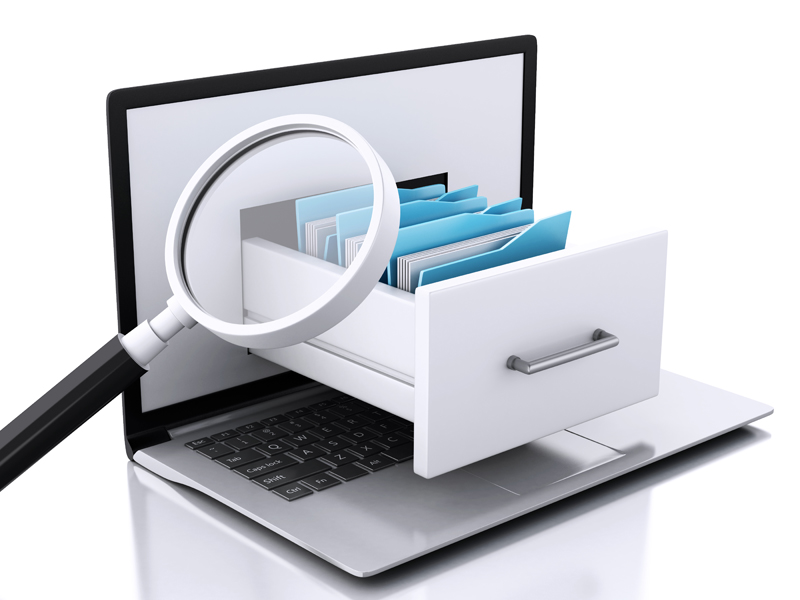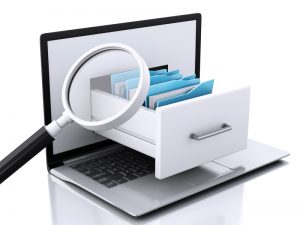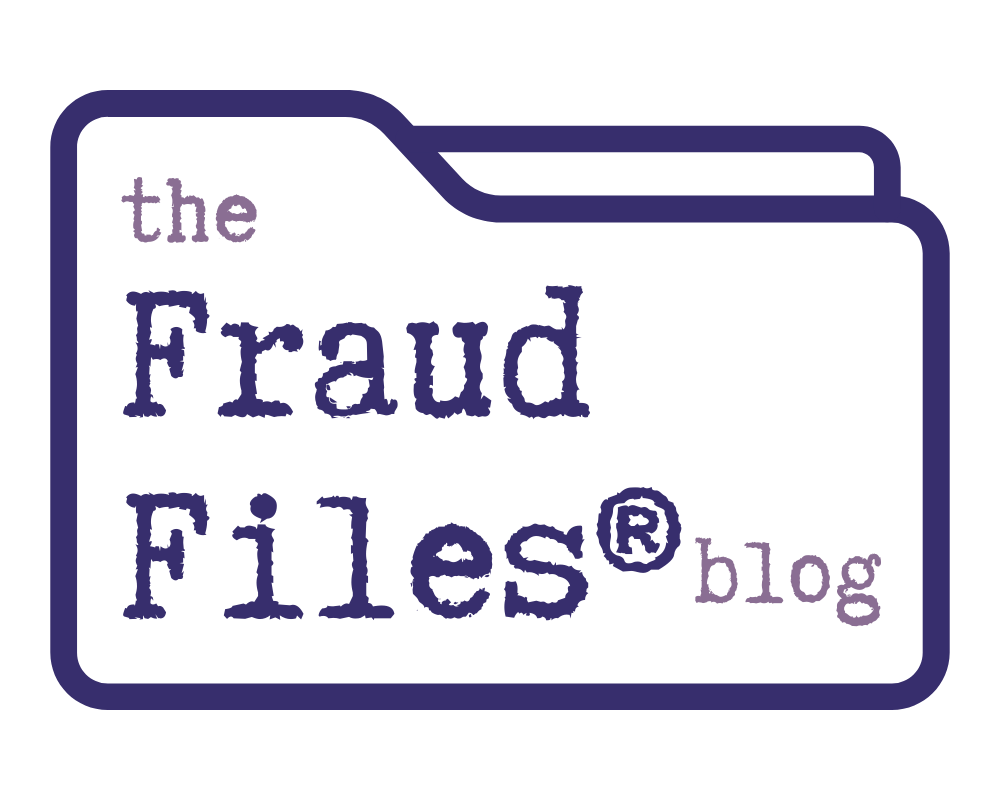
 The financial part of a complex case can become overwhelming quickly. Particularly in cases involving white collar crime, securities fraud, Ponzi schemes, or other fraud recoveries, the trail of financial documentation is often very long. A forensic accountant needs to examine tens of thousands of transactions and piece together the evidence in a way that attorneys, judges, and juries can understand.
The financial part of a complex case can become overwhelming quickly. Particularly in cases involving white collar crime, securities fraud, Ponzi schemes, or other fraud recoveries, the trail of financial documentation is often very long. A forensic accountant needs to examine tens of thousands of transactions and piece together the evidence in a way that attorneys, judges, and juries can understand.
When there are mountains of data, the investigator needs a way to quickly examine the data, assemble it in a format that is usable, find connections between transactions, and quantify results. Traditional forensic accounting techniques are no longer effective in these types of investigations. The volume of data can quickly overwhelm the investigator, and this affects the quality of the results.
Size Matters
Previously, the forensic accountant would use a technique called “scoping” or “sampling” when the volume of financial documentation exceeded the bandwidth of the staff. For example, he might decide that all transactions under $1,000 are too small and insignificant to the investigation, and will only examine transactions larger than this threshold. Alternatively, the investigator might examine only transactions of a certain type or involving certain parties.
There is an obvious problem with employing a scoping or sampling technique: important information can be overlooked. The thresholds used by forensic accountants are usually arbitrary, and there is always a chance that a small transaction might yield valuable information in a financial investigation. One small transaction might point to a previously unidentified bank account, person, or entity.
Ignoring small transactions is often a necessity when investigating using traditional techniques. The “old” way of doing a forensic accounting engagement involves a lot of manual examination of transactions and tabulation of data. The time required to manually examine all transactions often exceeds the capacity of the forensic accounting team.
Technological innovations have made it possible for financial investigators to examine 100% of data, making their investigations more accurate and more thorough. The technology also allows the investigator to spend less time manually matching transactions and entering data into a database, and more time doing the actual investigation. Is this “using AI in fraud investigations”? Yes, to a large extent it is, but I was using this kind of technology/software long before we were calling it AI.
Dissecting the Numbers
The secret to quickly getting to the heart of the financial analysis is using forensic accounting software to extract data from databases, electronic images, or paper documents (even those of questionable quality), reconcile the data to guarantee accuracy, and put it in a database that is suitable for investigative tasks. The investigator can immediately run advanced analytics to identify anomalies and transactions of interest.
The ability to quickly and accurately examine financial data is especially helpful in cases involving large volumes of banking data. Often in fraud cases, bank statements, check copies, ACH reports, and deposit tickets need to be examined in detail to determine the flow of funds. Traditionally, this has been a time-consuming and expensive process, with varying results. With the technology eliminating manual data entry, the forensic accountant can quickly begin the real investigative work of:
- Examining and mapping the flow of funds
- Identifying transaction patterns
- Applying advanced analytics to detect anomalies in data
- Identifying co-conspirators, hidden assets, and additional financial accounts
- Proving or disproving investigative theories
- Detecting and proving the elements of a fraud
- Creating understandable charts and graphs to demonstrate the fraud
Most Valuable Work
Forensic accountants no longer have to spend hundreds of billable hours manually examining transactions, entering them into a database, and checking the data for accuracy. This “busy work” has been all but eliminated in favor of the more accurate data capture and reconciliation done by the software.
This means the financial investigator can focus on the most valuable work right away. What initially looked chaotic (tens of thousands of pages of financial data between hundreds of accounts and entities) is reduced to a usable format quickly, allowing the investigator (and the client) to gain find answers rapidly.
So what software package is the best for a forensic accountant to use to extract, manage, organize, and investigate the data? There are tons of packages out there. Some are better than others. Some concern me when it comes to the security of data and outsourcing certain work to data center overseas. Some are just too expensive to make it worthwhile. I have my own “secret sauce” that I use to investigate the data. I recommend that forensic accountants get demo versions of several different packages and try them out on real cases so they can see how they work and they can compare and contrast. That’s the only way you’ll know what works for you.
But don’t be fooled. Technology alone does not replace the forensic accountant. A keen investigator is still needed to make the data meaningful and identify the smoking gun. But financial investigators can quickly get down to the real business of investigating with the help of computers and forensic accounting software. Not only can the clients get faster results, they can also get a better work product that is free from arbitrary sampling and data input errors.



